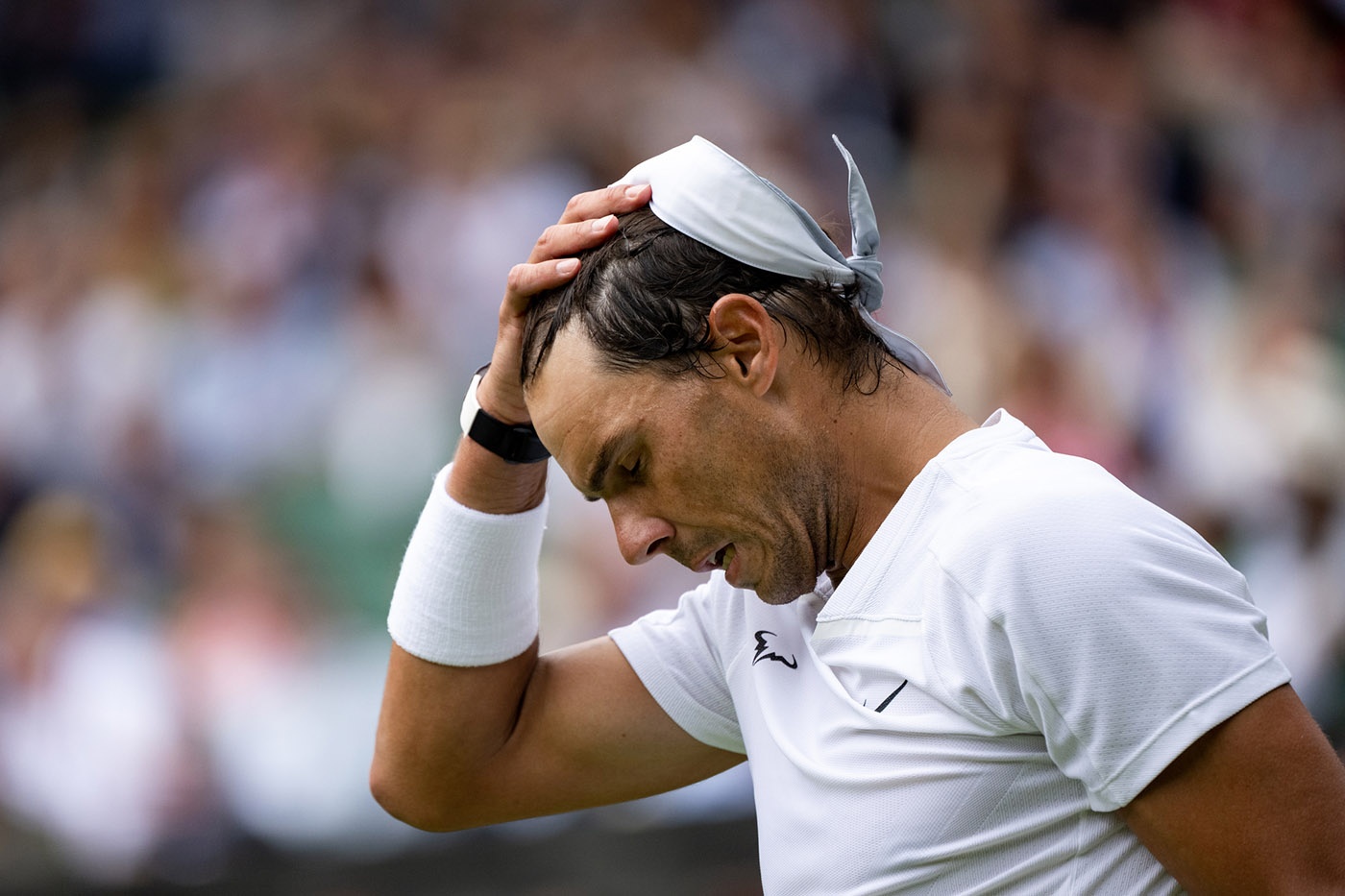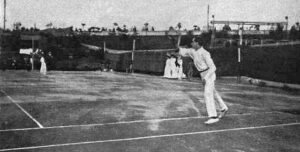You know that confusing moment in tennis? When a player who’s usually so flawless, someone at the very top of their game, suddenly just can’t hit their second serve? The ball goes flying out or straight into the net, a double fault. It doesn’t just cost them the point; it often takes away their momentum and even chips away at their confidence. It’s not just a physical flub; it’s a real mental slip-up, a stark reminder that even at the absolute highest level of sport, the mind can sometimes let the body down.
Basically, that pressure-induced double fault is tennis’s version of the “yips”, that sudden, uncontrollable loss of fine motor skills. For these pro players, serving is something so deeply ingrained, almost automatic, built up from millions of practice serves. But when the pressure ramps up, the conscious brain starts meddling. The worry about missing the first serve, and then the even worse fear of missing the second one too, turns that smooth, practiced motion into something hesitant and overthought. That “safe” second serve, meant to be reliable, turns into a nervous, weak push that’s almost asking for trouble.
Where the double fault happens makes a huge difference, amplifying that mental vulnerability. If it happens on an average point, it’s easily forgotten. But when it comes on a crucial point – like a break point, set point, or even the match point, becomes a defining, often heartbreaking, moment. The crowd’s roar, the opponent suddenly gaining momentum, or just the sheer importance of playing in a Grand Slam final can create an atmosphere that feels almost impossible to handle.
Everyone’s watching you, holding their breath, and the quiet before you hit the serve can almost feel loud. But the real trouble can be inside your own head. Doubting yourself, remembering past misses, and that constant push for perfection can just freeze you up, what people call “analysis paralysis.” And when you’re tired, both mentally and physically, it’s even harder to stay sharp and pull off a good serve under all that pressure.
The immediate result of a double fault is clear: you lose the point, and the momentum shifts. But the real sting is mental. Just one double fault can really shake a player’s confidence, making them play too cautiously, and funnily enough, that often leads to even more mistakes. It sets off a nasty cycle: the pressure causes a double fault, which then creates even more pressure, making the next serves feel incredibly risky.
The best players use strict routines before every serve and mental tricks, like picturing success or telling themselves positive things, to reset and try to get back on autopilot. Coaches in the box might offer quiet signals, trying to help calm things down. But despite all that, the double fault is still this unpredictable slip-up, a reminder that tennis is fundamentally a human game. It gives us a unique, and often painful, peek into the intense mental fight that goes on during every single professional match. For the players, getting their serve right isn’t just about the technique; it’s also about mastering their own minds.



